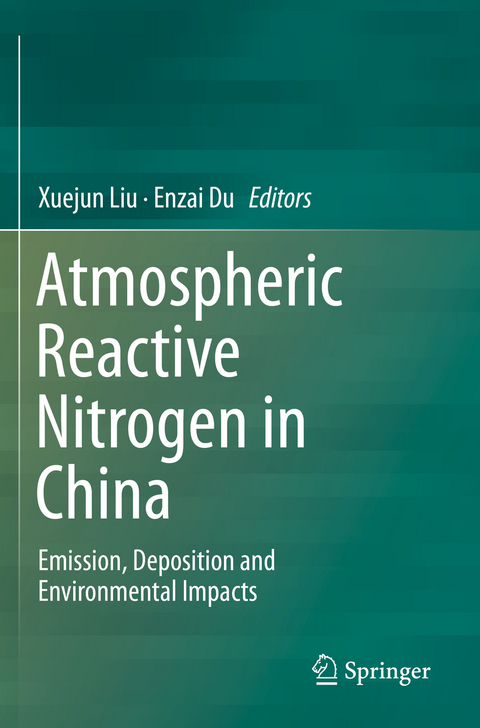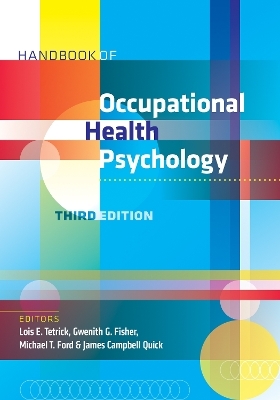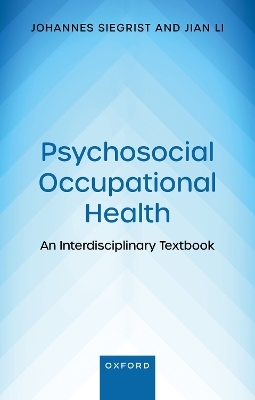
Atmospheric Reactive Nitrogen in China
Springer Verlag, Singapore
978-981-13-8516-2 (ISBN)
Dr. Xuejun Liu is a Professor at the China Agricultural University. He has been conducting studies on nitrogen (N) cycling, in particular on the source, fate and impacts on soil acidification, eutrophication and greenhouse gas emission in major Chinese croplands. He has published more than 130 peer-reviewed SCI papers in a number of leading international journals including Nature, Science and PNAS. He has established long-term cooperations with Hohenheim University (Germany), Rothamsted Research Centre for Ecology & Hydrology (UK), Colorado State University and Stanford University (USA), as well as Wageningen University (NL). He has received support from China National Funds for Distinguished Young Scientists (2014), the national Ten-thousand Talents Program (2016) and was chosen to be the 2016 Figure of the Scientific Chinese in Environmental Science and Light Industry. His current research interests are atmospheric N deposition, PM2.5 pollution, agricultural NH3 mitigationand their impacts on food security, ecosystem and human health. Dr. Enzai Du is an Associate Professor at the Faculty of Geographical Science, Beijing Normal University. His research interests focus on biogeochemical processes in forest ecosystems and their responses to multiple global change factors, especially nitrogen deposition, climate change and air pollution. He has authored and co-authored about 40 peer-reviewed papers in international journals, many of which focus on the pattern of atmospheric nitrogen deposition and its impacts on forest ecosystems. He also serves as the coordinator of the IUFRO (International Union of Forest Research Organizations) research unit (7.01.03) on atmospheric deposition, soils and nutrient cycles. He has co-chaired several sessions at IUFRO conferences and served as a member of the international scientific advisory board of 10th International Conference on Acid Deposition. Together with IUFRO colleagues, he has recently co-edited two special issues, including one on "Forest response to environmental stress: Impacts and adaptation" (Science of the Total Environment) and the other on “Global atmospheric nitrogen deposition and forests: Status and ecological impacts” (Environmental Pollution).
Chapter 1 Overview of atmospheric reactive nitrogen in China from a global perspective.- Part I Reactive nitrogen emission and deposition in China.- Chapter 2 Anthropogenic emissions of SO2, NOx and NH3 emissions in China.- Chapter 3 Monitoring nitrogen deposition in China.- Chapter 4 Modelling nitrogen deposition in China.- Chapter 5 Reactive nitrogen budgets in China.- Part II Contribution of atmospheric reactive nitrogen to China’s air pollution.- Chapter 6 Contribution of atmospheric reactive nitrogen to haze pollution in China.- Chapter 7 Contribution of reactive nitrogen to ozone pollution in China.- Chapter 8 Contribution of atmospheric nitrogen to acid deposition in China.- Part III Impacts of nitrogen deposition on China’s ecosystems Chapter 9 Impacts of nitrogen deposition on forest ecosystems in China.- Chapter 10 Impact of nitrogen deposition on China’s grassland ecosystems.- Chapter 11 Impact of nitrogen deposition on China’s desert ecosystems.- Chapter 12 Impact of nitrogen deposition on China’s lake ecosystems: Taking Lake Dianchi as an example.- Part IV Reactive N Regulation Chapter 13 Nitrogen regulation in China’s agricultural systems.- Chapter 14 National regulation of SO2 and NOX emissions in China.
| Erscheinungsdatum | 26.10.2020 |
|---|---|
| Zusatzinfo | 72 Illustrations, color; 27 Illustrations, black and white; XVII, 331 p. 99 illus., 72 illus. in color. |
| Verlagsort | Singapore |
| Sprache | englisch |
| Maße | 155 x 235 mm |
| Themenwelt | Medizin / Pharmazie ► Medizinische Fachgebiete ► Arbeits- / Sozial- / Umweltmedizin |
| Studium ► Querschnittsbereiche ► Klinische Umweltmedizin | |
| Naturwissenschaften ► Biologie ► Ökologie / Naturschutz | |
| Naturwissenschaften ► Geowissenschaften | |
| Technik | |
| Schlagworte | Air Pollution • Biodiversity Loss • Carbon Sequestration • nitrogen deposition • Nitrogen emission |
| ISBN-10 | 981-13-8516-5 / 9811385165 |
| ISBN-13 | 978-981-13-8516-2 / 9789811385162 |
| Zustand | Neuware |
| Haben Sie eine Frage zum Produkt? |
aus dem Bereich


